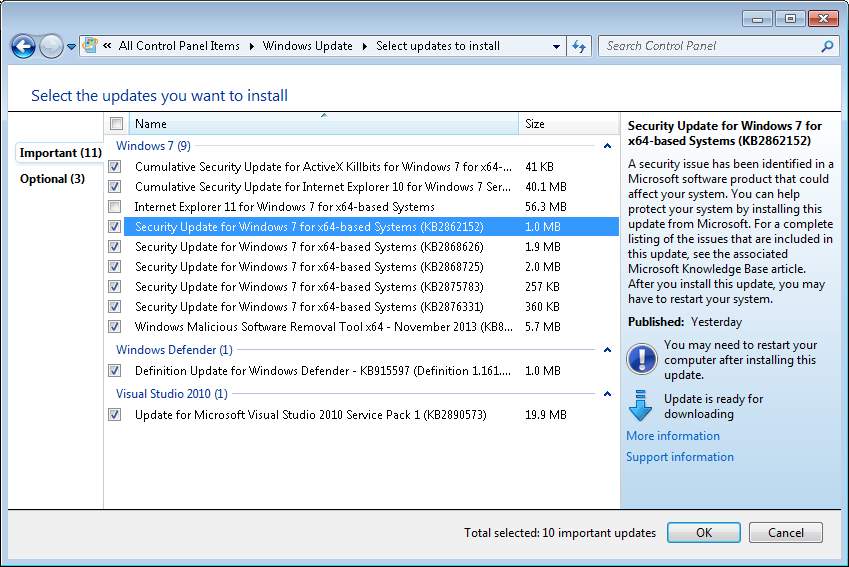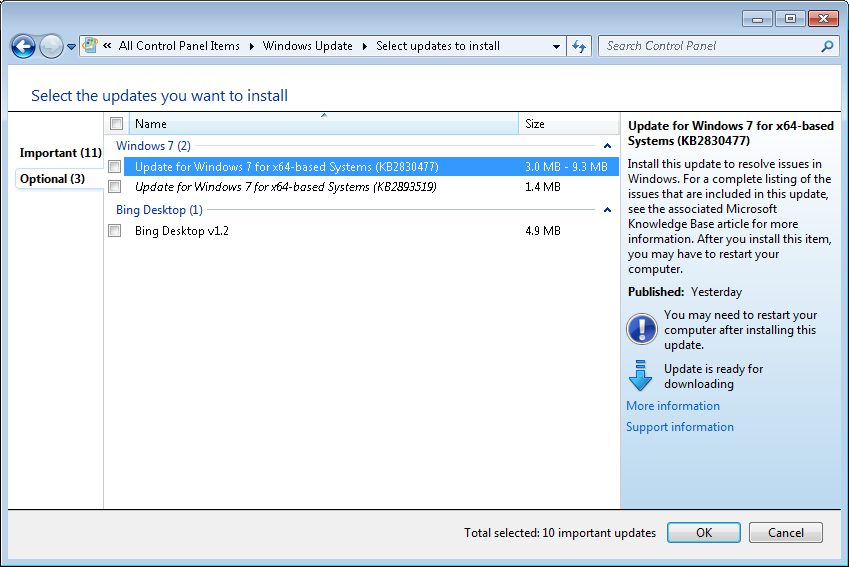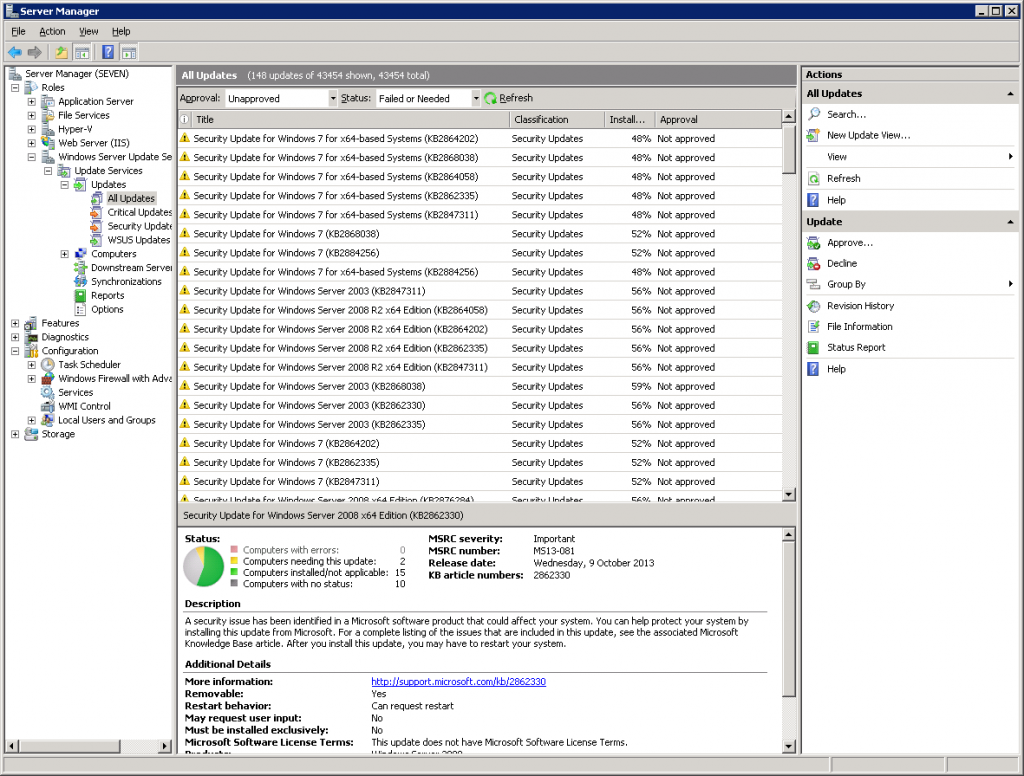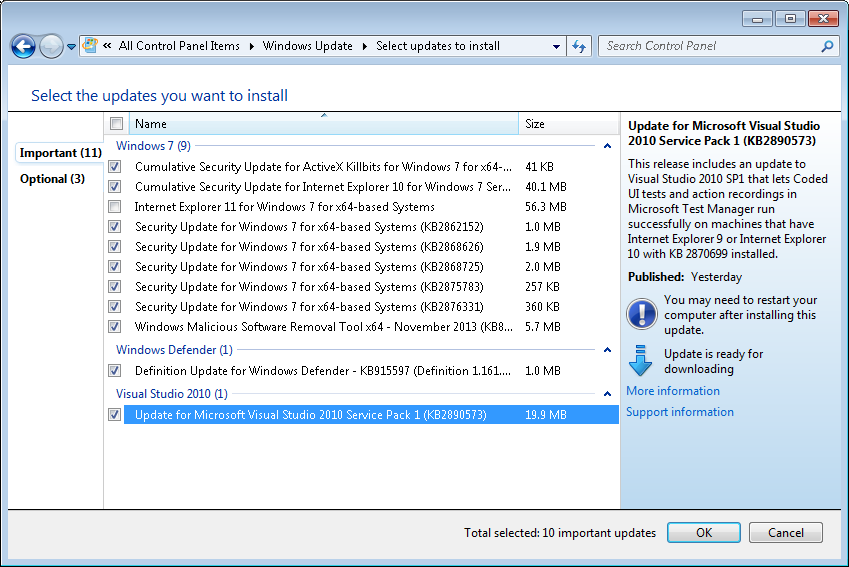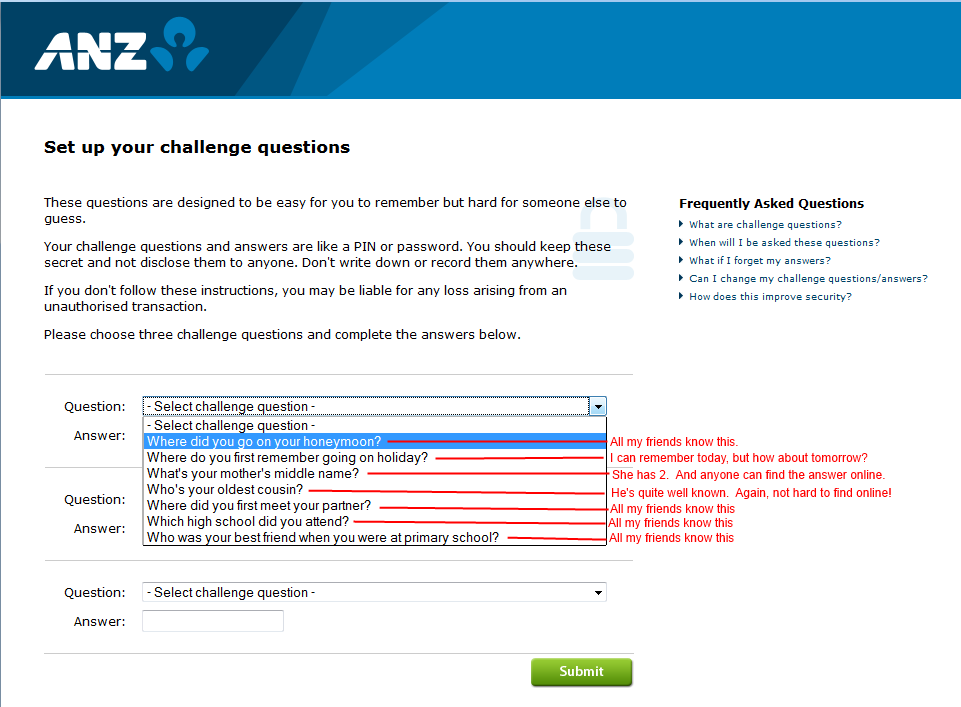After reading Abraham Polishchuk’s article AngularJS Performance in Large Applications, I wanted to dig a bit deeper on his suggestions before I took any of them on board. My basic concern was many of his suggestions seemed focused around technology-specific performance micro-optimisations. In today’s browser world, optimising around specific technologies (i.e. browsers and browser versions) is an expensive task with a limited life and usefulness: both improvements in the Javascript engines and differences in browser implementations mean that these fine-grained optimisations should really be limited to very specific performance critical situations.
Conversely, I don’t think we can expect Angular’s performance to improve in the same way as browser engines have. While Angular has undergone significant iterative performance improvements in the 1.x series, it is clear from the massive redesign of version 2.0 that most future application performance gains will only be won by rewriting significant chunks of your own code. Be aware!
Understanding computational complexity is crucial for web developers, even though with Angular it is all Javascript and browser and cloud and magic. You still need that software engineering education.
Onto the article.
1-2 Introduction, Tools of the Trade
No arguments here. Helpful.
3 Software Performance
Ok.
4.1 Loops
This advice, to move function calls out of loops, really depends on what the function you are calling is. Now, clearly, it’s sensible to move calls out of a loop if you can – that’s a normal O(n) to O(1) optimisation. And Objects.keys, as shown in the original article, is very heavy function, so that’d be a good one to avoid.
But don’t take this advice too far. The actual cost of the function call itself is minimal (http://jsperf.com/for-loop-perf-demo-basic/2). In general, inlining code to avoid a function call is not advisable: it results in less maintainable code for a minimal performance gain.
4.2 DOM access
While modifications to the DOM should be approached carefully, the reality is a web application is all about modifying the DOM, whether directly, or indirectly. It cannot be avoided! Applying inline styles (as opposed to using CSS selectors predefined in stylesheets?) vary significantly depending on both the styles being set and the browser. It’s certainly not a hard-and-fast rule, and not really a useful one. In the example, I compare background color (which should not force a reflow), and font-size (which would): (http://jsperf.com/inline-style-vs-class). The results vary dramatically across browsers.
4.3 Variable Scope and Garbage Collection
No arguments here. In fact I would go further and say that this is the single biggest performance concern, both in terms of CPU and resource usage, in Angular. In my limited experience, anyway. It’s very easy to leak closures without realising.
4.4 Arrays and Objects
Yes. Well, somewhat. As Gregory Jacobs commented, there is no significant difference between single-type and multi-type arrays. The differences come in what you are doing with the members of that array, and again browsers vary. http://jsperf.com/object-tostring-vs-number-tostring
I would again urge you to avoid implementation-specific optimisations. Designing an application to minimize the number of properties in an object just because today’s implementation of V8 has a special internal representation of small objects is not good advice. Design your objects according to your application’s requirements! This is a good example of a premature optimization antipattern.
Finally, as Wills Bithrey commented, Array.delete isn’t really slow.
5.1 Scopes and the Digest Cycle
This is a clear description of Angular scopes and the digest cycle. Good stuff. Abraham does a good job of unpacking the ‘magic’ of Angular.
6.1. Large Objects and Server Calls
Ok, so in my app I return full rows of data, and there are a few columns I don’t *currently* use in that data. I measured the performance impact on my application, and the cost of keeping those columns was insignificant: I was actually unable measure any difference. Again, this is a premature optimization antipattern. Your wins here will ultimately not be from excluding columns from your data but from making sure your data is normalized appropriately. This is about good design, rather than performance-constrained design.
Of course, there are plenty of other reasons to minimize your data across the wire. But remember that a custom serializer for each database object is another function to test, and another failure point. Measure the cost and the benefit.
6.2 Watching Functions
Yes. Never is a little too strong for me, but yeah, in general, avoid binding to functions.
6.3 Watching Objects
Yes, in general, deep watching of objects does introduce performance concerns. But I do not agree that this is a terrible idea. The alternative he gives (“relying on services and object references to propagate object changes between scopes”) gets pretty complicated and introduces maintenance and reliability concerns. I would approach this point as potential low hanging fruit for optimisation.
7.1 Long Lists
Yes.
7.2 Filters
As DJ commented, filters don’t work by hiding elements by CSS. Filters, as used in ng-repeat, return a transform of the array, which may be what Abraham meant?
7.3 Updating an ng-repeat
Pretty much. I would add that for custom syncing to work, you still need a unique key, just as you do for track by. If you are using Angular 1.3, there’s no benefit to the custom sync approach. Abraham has detailed the maintenance cost of custom syncing.
8. Rendering Problems
ng-if and ng-show are both useful tools. Choose your weapons wisely.
9.1 Bindings
Yes.
9.2 $digest() and $apply()
Yes, if you must. This is a great way to introduce inconsistencies in your application which can be very hard to debug!
9.3 $watch()
I really disagree with this advice. scope.$watch is a very practical way of separating concerns. I don’t think it’s indicative of bad architecture, quite the opposite in fact! While trying to find the discussions that Abraham refers to (but sadly doesn’t link to), it seemed that most of the alternatives given were in fact in themselves bad architecture. For example, Ben Lesh suggested (although he has since relaxed his opinion) using an ng-change on an input field instead of a watcher on the target variable. Why is that bad? From an architectural point of view, that means each place in your code that you change that variable, you have to remember to make that function call there as well. This is antithetical to the MVC pattern and seriously WET.
9.4 $on, $broadcast, and $emit
Apart from the advice to unbind $on(‘$destroy’) which I don’t think is correct, yes, being aware of the performance impact of events is important in an event-driven system. But that doesn’t mean don’t use them: events are a weapon to use wisely. Seeing a pattern here?
9.5 $destroy
Yes. Apart from the advice to “explicitly call your $on(‘$destroy’)” — I’m not sure what this means.
10.1 Isolate Scope and Transclusion
Only one quibble here: isolate scopes or transclusions can be faster than occupying the parent scope, because a tidy directive can use $apply to just update its own isolated scope, and avoid the digest of the entire scope tree. Choose your tools wisely.
10.2 The compile cycle
Basically, yes.
11 DOM Event Problems
Yes, addEventListener is more efficient, but so is not using Angular in the first place! This results in a significant code increase and again you the benefit of Angular in doing so. Going back to raw DOM is always a trade-off. In the majority of cases, the raw DOM event model is a whole lot of additional work for little gain.
12 Summary
In summary, I really think this post is about micro-optimisations that in many cases will not bring you the performance benefits you are looking for. Abraham’s summary suggests avoiding many of the most useful tools in Angular. If you have to roll your own framework code to avoid ng-repeat, or ng-click, you have already lost.
Have I got the wrong end of the stick?





